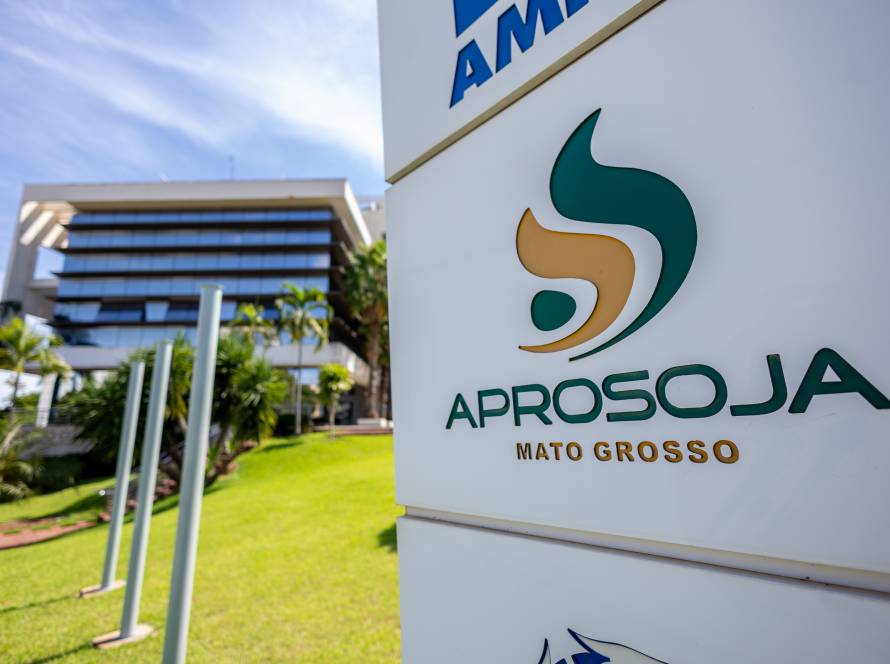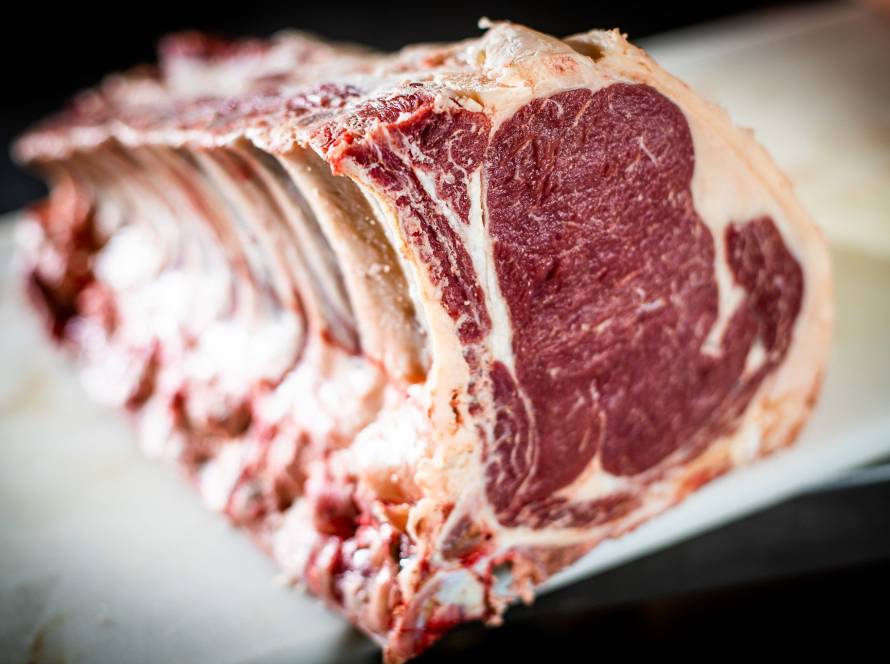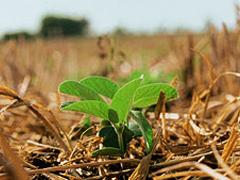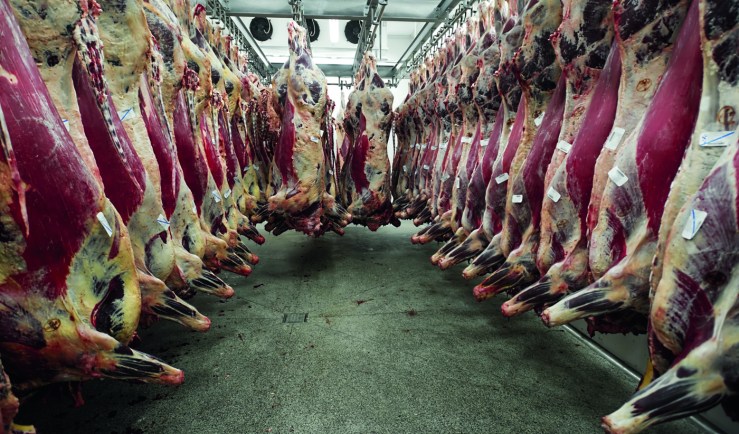The prolonged drought and strong winds in Goiás have increased the risk of fires and impacted the sugarcane harvest in the São Patrício Valley. At the Rubi SA and CRV Industrial units, located in Rubiataba, Uruaçu, and Carmo do Rio Verde, all harvesting is done with raw sugarcane, without the use of fire. This practice is a bygone era, when straw was burned to facilitate manual labor.
Since the early 2000s, mills have invested in mechanization, acquiring harvesters, in a gradual modernization process that has significantly reduced environmental, social, and economic impacts. Currently, burning sugarcane fields is not part of the companies' agricultural management practices.
Impacts of drought and losses from fires
Despite this, the region's crops have been hit by fires, in some cases large-scale, of criminal origin. The drought, which has been ongoing since April, has already led to a 12% drop in expected production in 2024, as the lack of rain leaves the sugarcane thinner, cracked, and with lower sugar concentrations.
According to Agricultural Superintendent Carlos Jordão, the losses are exacerbated when fires reach productive areas. In addition to reducing the plant's longevity—which could regrow five to six times with the same planting—fires force producers to alter their harvest schedule, as burned sugarcane must be processed within seven days to avoid contamination by fungi and bacteria. "This generates additional costs, sucrose losses, higher spending on irrigation, fertilization, pest control, and, in some cases, the need for replanting," he notes.
The use of fire also compromises the quality of raw materials, compacts the soil, reduces biodiversity, and can cause irreversible damage to productivity. Therefore, companies closely monitor investigations into the origin of the fires and reinforce their support for legal action if criminal activity is proven.
To address the risks exacerbated by the drought, sugarcane mills in Goiás are intensifying ongoing fire prevention and control measures. Initiatives include maintaining firebreaks, using drones and cameras for monitoring, constant patrols, training firefighters, and raising awareness among the community. "Only with prevention, environmental education, and rapid response will it be possible to reduce damage and sustainably protect the Cerrado," emphasizes the companies' management.
More equipment and training
Actions planned for 2025 include expanding the water truck fleet, acquiring new equipment, and intensifying field team training. Each unit maintains its own brigade, made up of ten professionals, responsible for direct service in and around the crop fields. Although the number of brigade members remains the same, their qualifications and training have been strengthened year after year.
Since 2020, monitoring of hotspots has been supported by drones, which map areas and enable rapid response to incidents. This work is reinforced by firebreaks, firebreaks, and the use of mobile rural hydrants, adapted to the needs of each irrigated region.
The plants also maintain ongoing partnerships with the Fire Department and local municipalities, ensuring agile information exchange and support for firefighting operations. Another important front is awareness campaigns targeting neighboring communities and drivers, broadcast on regional radio stations in 2024 and scheduled to continue into 2025.




